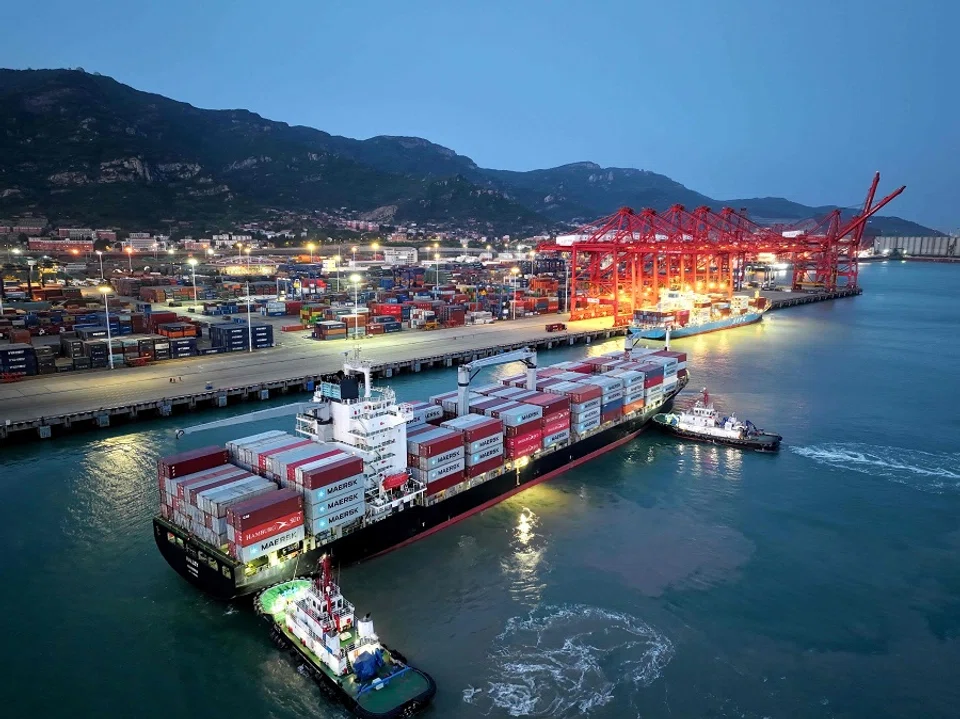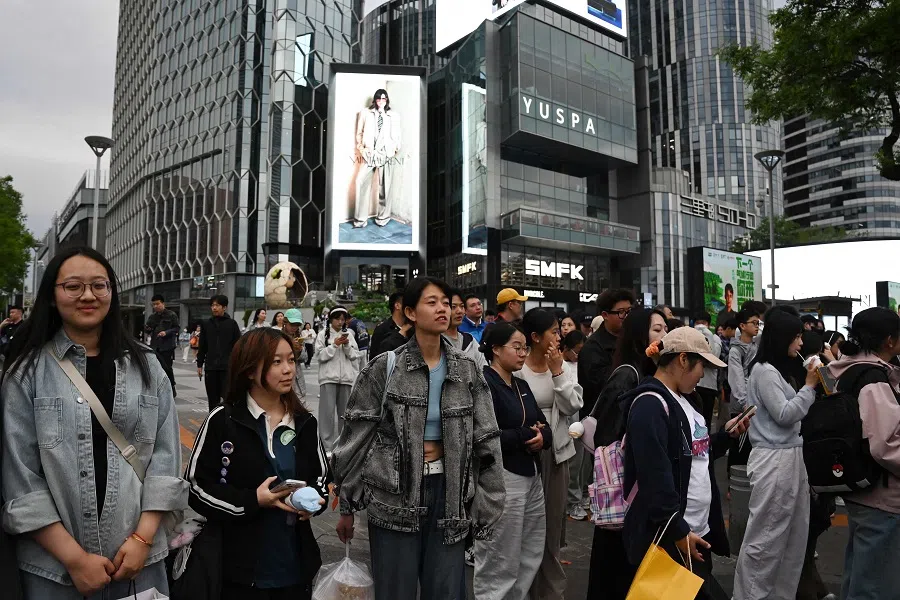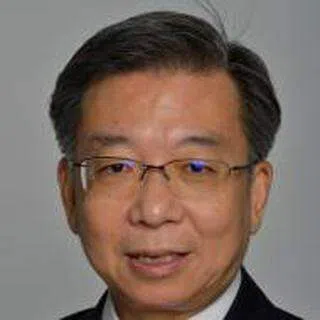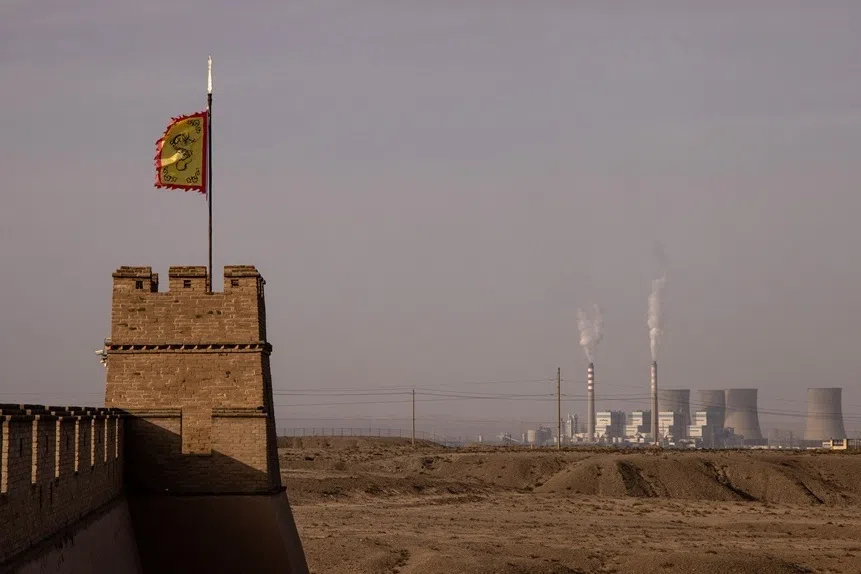Southbound: China’s new growth strategy beyond the West
How China can break through, reposition its path of internationalisation and gain new momentum for growth is not only crucial for its own economic development but will also provide new opportunities for the global economy. The global south is a key centrepiece of this transition, says academic Gu Qingyang.

In recent years, profound changes have taken place in the global geopolitical and economic landscape. In particular, the extreme trade protectionism and comprehensive high-tariff policies implemented during Trump’s second term have posed severe challenges to globalisation, especially global trade and industrial chains, and have shaken the US’s status as the centre of global trade. The era in which global economic growth relied on US market demand may be coming to an end. This is undoubtedly a huge challenge for many global south countries that rely on exports to the US.
As the world’s second-largest economy, China is facing complex internal and external pressures. How China can break through, reposition its path of internationalisation and gain new momentum for growth is not only crucial for its own economic development but will also provide new opportunities for the global economy.
The share of GDP and trade volume of developed countries in the global total has been declining year by year. Although they still have advantages in technology and purchasing power, these advantages are also gradually weakening.
From complementarity to competition
In the past, China and developed countries had a high degree of industrial complementarity. China supplied labour-intensive products to developed countries, while the developed countries occupied the high end of the industrial chain. However, as China’s technological innovation continues to improve and its industrial level gradually approaches that of developed countries, the original complementary relationship has gradually turned into a competitive one.
Especially in high-end industries, the competition between China and developed countries represented by the US has become increasingly fierce. This has undoubtedly intensified economic frictions between China and developed countries.
In addition, the comparative advantages of developed countries have also undergone fundamental changes. The share of GDP and trade volume of developed countries in the global total has been declining year by year. Although they still have advantages in technology and purchasing power, these advantages are also gradually weakening.

In contrast, the global south is rising. According to data from the International Monetary Fund (IMF), the GDP share of developing countries and emerging market economies calculated by purchasing power parity has increased from 40.59% in 2005 to the current 60.64%. The total trade volume of global south countries as a share of global trade has also increased from about 30% in 2000 to 50% in 2023.
Global south countries account for 84% of the world’s total population. The large population base and rapidly developing economies give the global south enormous upward potential.
Global south: potential and challenges
Although the economic strength of each global south country is still relatively weak, their overall potential far exceeds that of developed countries. Among more than 200 countries in the world, only 36 are developed countries, and among them, only the US and Japan have a population of more than 100 million.
Global south countries account for 84% of the world’s total population. The large population base and rapidly developing economies give the global south enormous upward potential. According to World Bank data, over the past 20 years, the average annual economic growth rate of the global south has been 4.5-5.0%, while that of developed countries during the same period has been only 1.8-2.0%.
More noteworthy is that the global south countries generally adopt a strategy of active openness and integration into globalisation. They are the main participants in a new type of globalisation. However, the development of most global south countries still faces severe challenges, especially in technological advancement, industrialisation and high-level urbanisation.
In the past, the global south countries could receive development aid from developed countries such as the US. But under the backdrop of the US pursuing an isolationist policy, most low- and middle-income countries in the global south find it difficult to achieve rapid development in the absence of external assistance.
China’s synergies with the global south
China can play a positive role in the development of global south countries. As the world’s largest manufacturing centre, China’s technological level offers high cost-performance for most global south countries. China has strong industrial complementarity with many developing countries. Its experience and capabilities in industrial development can support the modernisation process of global south countries.
What is the greatest demand of global south countries? What they lack most is infrastructure construction and industrialisation.

For China itself, cooperation with the global south countries will also bring multiple benefits. It helps expand China’s exports. But it should be noted that most developing countries have relatively low consumption capacity, which limits the pulling effect on China’s consumer goods exports.
Therefore, China’s cooperation with the global south needs to take a different path, focusing closely on meeting the urgent needs of global south countries. What is the greatest demand of global south countries? What they lack most is infrastructure construction and industrialisation.
To this end, China should strengthen industrial cooperation with global south countries and correspondingly shift its export structure towards industrial semi-finished and finished products. Although many global south countries require localised procurement for foreign investment, given their enormous overall demand scale, they will still generate considerable pulling effects on China’s exports, including industrial and consumer goods.
More importantly, the global south is a continuously rising market. The benefits China gains from forming a community of shared interests with these countries will continue to grow, and their pulling effect on China’s economy will be no less than what developed countries once offered.
Unlike the export effect of final consumer products, China’s industrial chain layout in developing countries will bring them technological upgrading, industrial investment, job opportunities and higher worker income, as well as enhanced export capabilities. All of these contribute directly to local GDP and are more easily accepted by the host countries.
For China, if it can effectively explore the global south market, it will be able to unlock new overseas demand — especially for industrial products — using external demand to offset insufficient domestic demand.
Global south as markets
For China, if it can effectively explore the global south market, it will be able to unlock new overseas demand — especially for industrial products — using external demand to offset insufficient domestic demand. This will help digest domestic excess capacity, thereby driving China’s employment and income growth, which will in turn benefit domestic consumption and widespread economic activity, forming a new virtuous cycle.

China’s expansion of its industrial layout in global south countries can also reduce dependence on the US market, ease trade tensions with developed countries, and create a more harmonious external economic environment for China.
In the future, China should build a mutually reinforcing cycle system consisting of three major markets: the domestic market, developed country markets and global south markets. These three markets each have their own focus while integrating with each other, creating diversified consumption demand and driving industrial development.
In short, China needs to shift the focus of its foreign economic engagement from the previously US-centred developed country markets to the broader global south markets. Its trade model should also transform accordingly, from focusing on the export of final products to the export of industrial chains and industrial goods.
In terms of development philosophy, the focus should shift from solely expanding gross domestic product (GDP) to enhancing gross national product (GNP) on a global scale. Of course, this does not mean completely abandoning existing strategies, but rather, on the basis of maintaining current cooperation, opening up new growth points in both developed countries and global south countries, and achieving balanced development in both.





